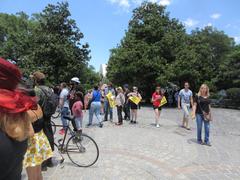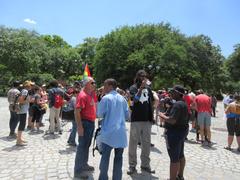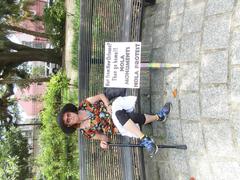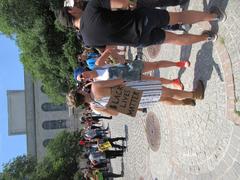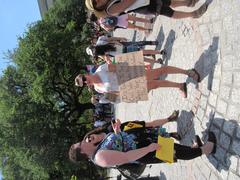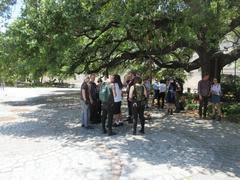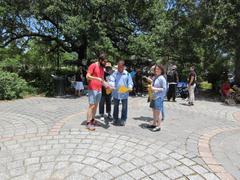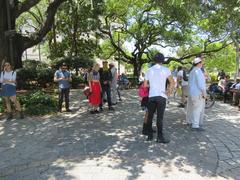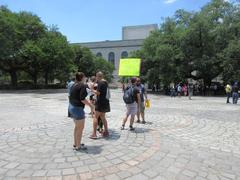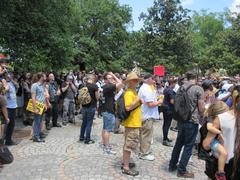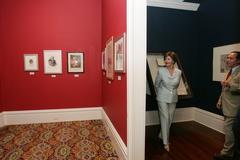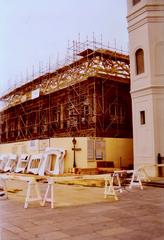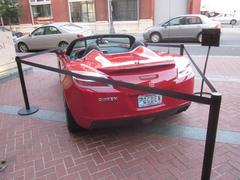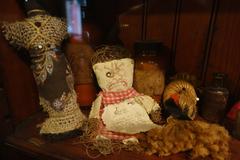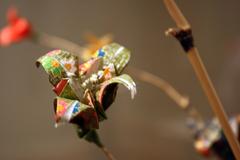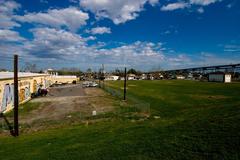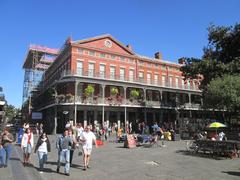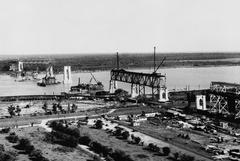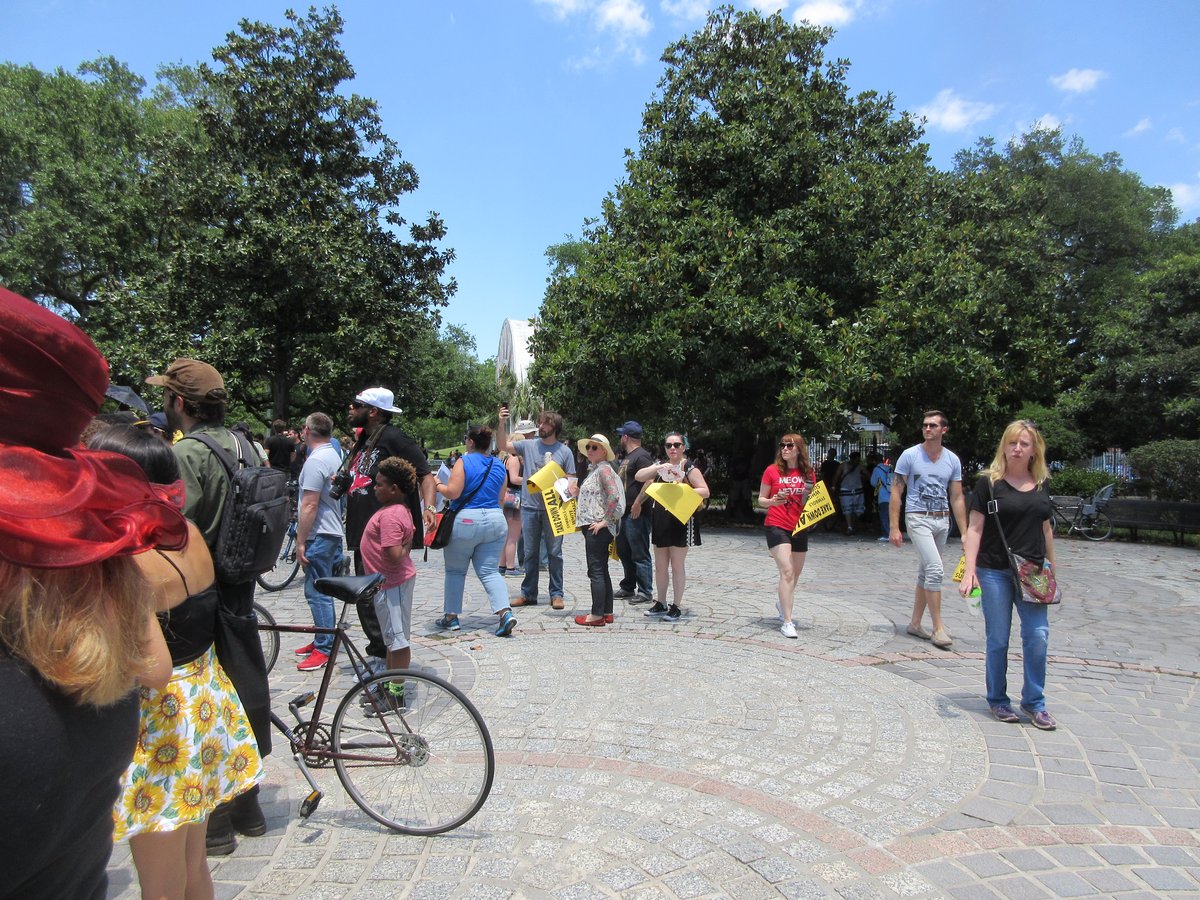
Visiting Congo Square: Hours, Tickets, and History in New Orleans
Date: 23/07/2024
Introduction
Congo Square, situated in the vibrant Tremé neighborhood of New Orleans, is a cornerstone of African American cultural heritage and resilience. This historical landmark, which dates back to the early 18th century, has been a gathering place for enslaved Africans and free people of color who congregated to socialize, trade, and celebrate their cultural practices. Originally known as Place des Nègres, Congo Square is renowned for its significant role in the development of American music genres such as jazz, blues, and rock ‘n’ roll, and its influence extends to various other cultural expressions (New Orleans Historical).
The square’s legacy as a cultural hub began under French colonial rule, where the Code Noir allowed enslaved people to gather on Sundays. This unique tradition continued through the Spanish colonial period and into the American era, despite facing challenges from stricter laws on slavery and public gatherings (Louisiana State Museum). As a vibrant symbol of African American cultural preservation, Congo Square has survived urban development threats and neglect, thanks to concerted preservation efforts. Today, it is celebrated for its rich cultural legacy and continues to host numerous cultural events, including the annual Congo Square Rhythms Festival (New Orleans Jazz National Historical Park).
Table of Contents
- Introduction
- Early Beginnings and Cultural Significance
- The Role of Music and Dance
- Legal and Social Changes
- The Civil War and Reconstruction Era
- 20th Century and Preservation Efforts
- Modern-Day Significance
- Visitor Information
- Special Events and Tours
- Nearby Attractions
- FAQ
- Conclusion
Early Beginnings and Cultural Significance
Congo Square, originally known as Place des Nègres, has a history that dates back to the early 18th century. It was a gathering place for enslaved Africans on Sundays, their only day off. This tradition began in the early 1700s when the French colonial government allowed enslaved people to congregate, trade, and socialize. The square became a vibrant hub of African culture, where music, dance, and rituals were performed, preserving the cultural heritage of the African diaspora (New Orleans Historical).
The Role of Music and Dance
Congo Square is renowned for its role in the development of African American music and dance. The gatherings featured traditional African instruments such as drums, banjos, and gourds, which were used to create rhythmic and melodic patterns. These musical sessions laid the groundwork for various American music genres, including jazz, blues, and rock ‘n’ roll. The syncopated rhythms and call-and-response patterns that characterized the music of Congo Square can be traced directly to African musical traditions (Smithsonian Magazine).
Legal and Social Changes
The significance of Congo Square evolved over time, particularly during the Spanish colonial period (1763-1803). The Spanish authorities were more lenient than their French predecessors, allowing greater freedom for enslaved people to gather and celebrate their cultural practices. This period saw an increase in the number of gatherings and the diversity of cultural expressions. However, the square’s role as a cultural hub faced challenges during the American period, especially after the Louisiana Purchase in 1803. The stricter American laws on slavery and public gatherings led to a decline in the frequency of these cultural events (Louisiana State Museum).
The Civil War and Reconstruction Era
During the Civil War and the subsequent Reconstruction era, Congo Square continued to be a focal point for African American culture. The abolition of slavery in 1865 brought significant changes to the social fabric of New Orleans. Freed African Americans used Congo Square as a place to celebrate their newfound freedom and to continue their cultural traditions. The square also became a site for political gatherings and community meetings, playing a crucial role in the social and political life of African Americans in New Orleans (National Park Service).
20th Century and Preservation Efforts
In the 20th century, Congo Square faced the threat of urban development and neglect. However, efforts to preserve its historical and cultural significance gained momentum in the latter half of the century. In 1970, the square was officially designated as a historic landmark, and various initiatives were undertaken to restore and maintain it. The square was renamed Louis Armstrong Park in honor of the legendary jazz musician, although the name Congo Square remains widely used to refer to the historic gathering place within the park (New Orleans Jazz National Historical Park).
Modern-Day Significance
Today, Congo Square is celebrated as a symbol of African American resilience and cultural heritage. It hosts various cultural events, including the annual Congo Square Rhythms Festival, which celebrates the music, dance, and traditions that originated in the square. The site continues to attract visitors from around the world who come to experience its rich history and vibrant cultural legacy. The square’s enduring significance is a testament to the enduring power of cultural expression and community in the face of adversity (Congo Square Preservation Society).
Visitor Information
For those planning a visit, Congo Square is open to the public with specific visiting hours that vary throughout the year. There is no entrance fee, making it accessible to everyone. Visitors are encouraged to check the official website or contact the local visitor center for the most up-to-date information on opening hours and any special events that may be taking place.
Visiting Hours
- Monday to Sunday: 8:00 AM - 7:00 PM (hours may vary during special events or holidays)
Tickets
- Entry Fee: Free
- Special Events: Some events may require tickets; check the event details for pricing.
Special Events and Tours
Congo Square hosts numerous special events throughout the year, including the renowned Congo Square Rhythms Festival. Guided tours are available and provide an in-depth look at the historical and cultural significance of the site. These tours often highlight the best photographic spots, ensuring visitors capture the essence of this historical landmark.
Nearby Attractions
While visiting Congo Square, explore nearby attractions to enrich your experience:
- Louis Armstrong Park: Adjacent to Congo Square, this park offers beautiful scenery and additional historical insights.
- French Quarter: Just a short walk away, the French Quarter is famous for its vibrant nightlife, music, and cuisine.
- New Orleans Jazz Museum: Located nearby, this museum delves into the rich history of jazz, an art form that has roots in places like Congo Square.
FAQ
What are the visiting hours for Congo Square?
Congo Square is generally open from 8:00 AM to 7:00 PM daily, though hours may vary during special events or holidays. It’s best to check the official website for current hours.
How much do tickets to Congo Square cost?
Entry to Congo Square is free. However, some special events may require tickets, so it’s advisable to check event details in advance.
Are guided tours available at Congo Square?
Yes, guided tours are available and offer valuable insights into the historical and cultural significance of Congo Square. These tours often highlight the best spots for photography.
Conclusion
Congo Square’s history is a testament to the resilience and creativity of the African American community in New Orleans. From its early days as a gathering place for enslaved Africans to its modern role as a cultural landmark, the square has played a crucial role in preserving and promoting African American cultural heritage. Visit Congo Square to experience its rich history and vibrant legacy firsthand. Download the Audiala app or follow us on social media for more updates on cultural sites like Congo Square (Congo Square Preservation Society).
References
- Congo Square - Visiting Hours, Tickets, and Rich History of New Orleans’ Cultural Landmark. (n.d.). New Orleans Historical
- Exploring Congo Square - Visiting Hours, History, and Cultural Significance in New Orleans. (n.d.). Smithsonian Magazine
- Essential Visitor Tips for Exploring Congo Square, New Orleans - Hours, Tickets, and More. (n.d.). New Orleans Jazz National Historical Park
